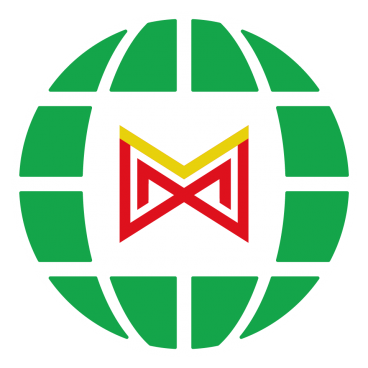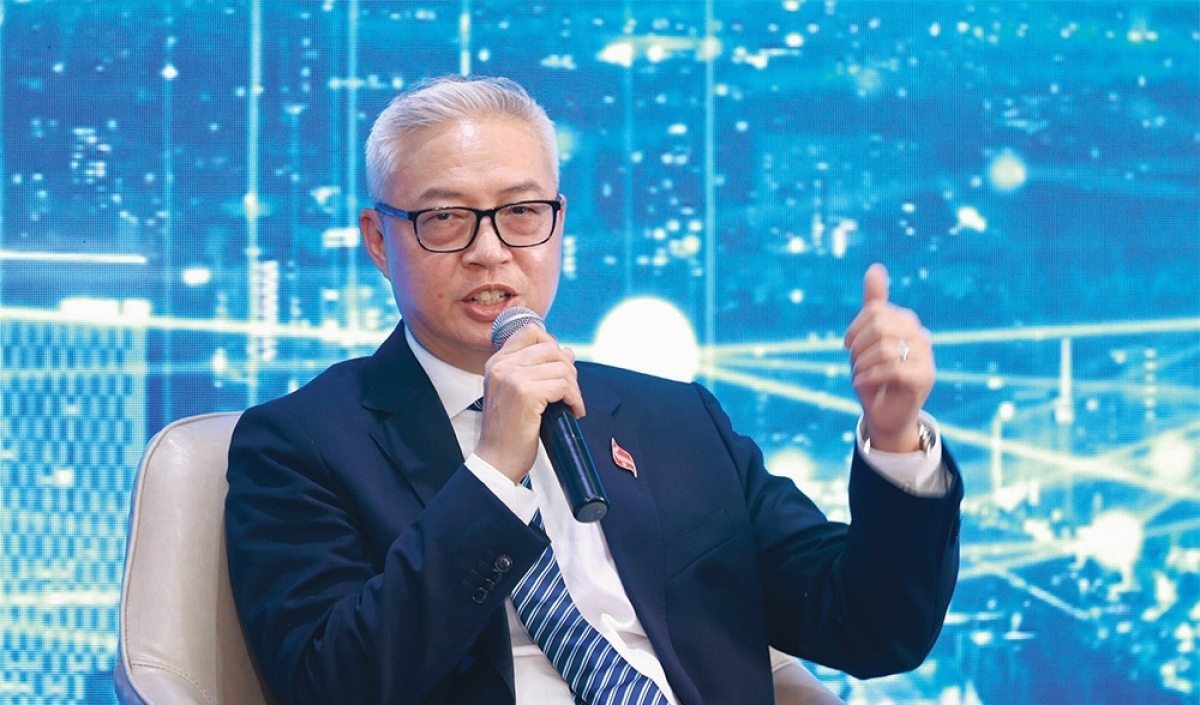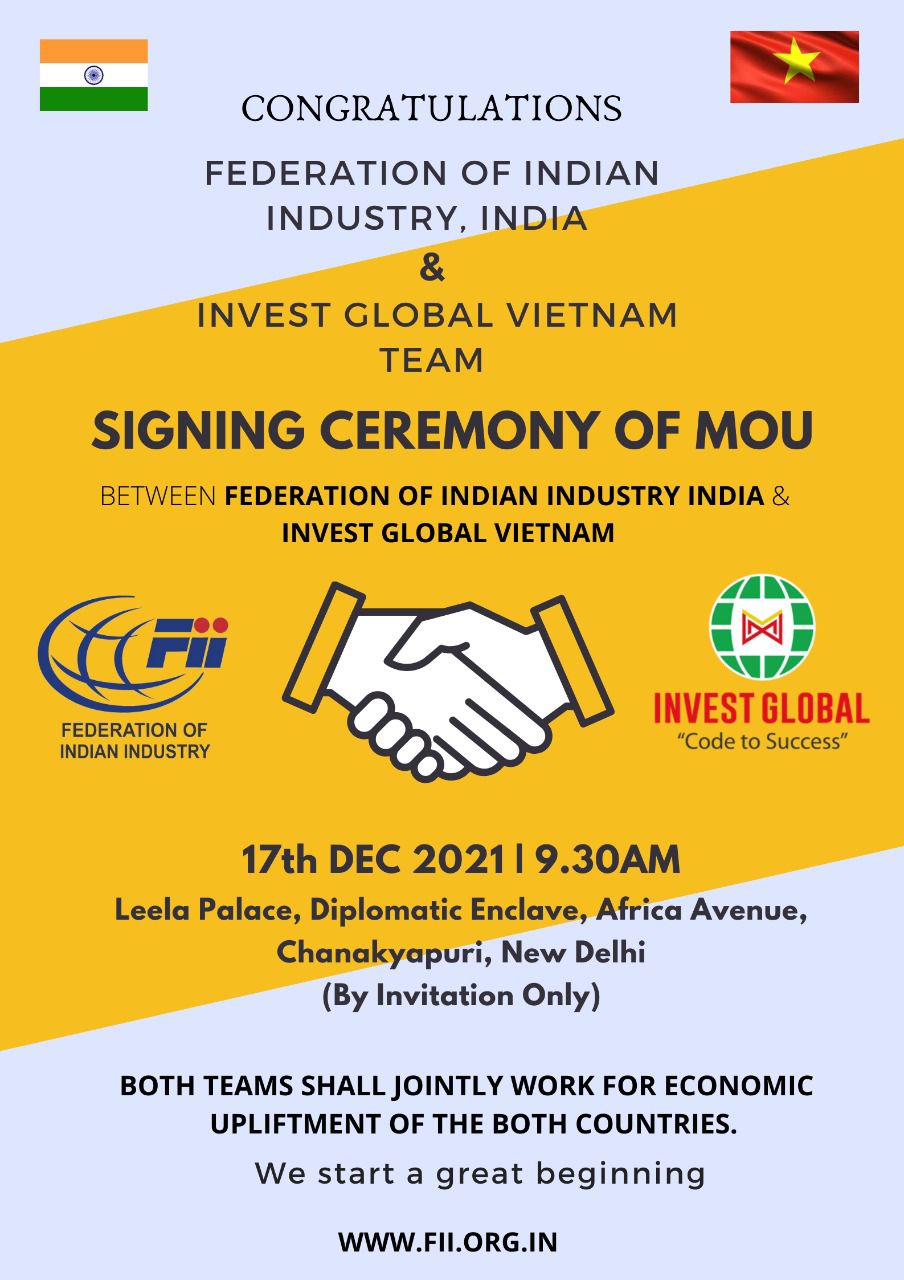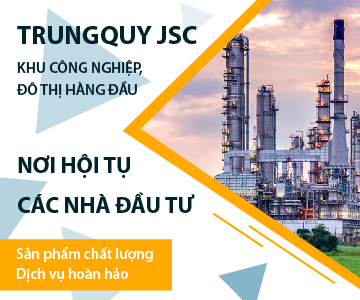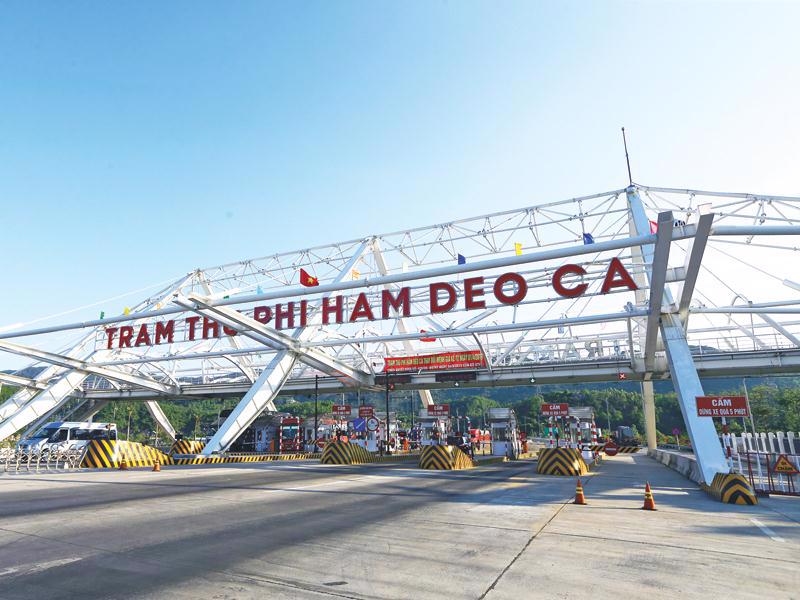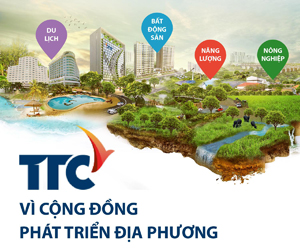INTERNATIONAL INVESTMENT
AND PORTAL
 Vaibhav Saxena, foreign counsel, VILAF
Vaibhav Saxena, foreign counsel, VILAF Non-tariff measures (NTMs), including technical regulations, licensing requirements, and sanitary or phytosanitary controls, have surged across the region. According to the ASEAN NTM database, the number of NTMs increased from over 4,350 in 2008 to approximately 9,500 by 2020, with technical barriers to trade and sanitary and phytosanitary measures accounting for about 70 per cent of the total.
Though data for 2025 is not yet publicly available, experts agree the trend has not reversed. NTBs are the new tariffs, harder to identify and harder still to remove, noted delegates at the 2025 ASEAN Future Forum in Hanoi.
Despite rapid economic growth in individual member states, intra-ASEAN trade has hovered around 21–22 per cent of total trade for several years. For context, intra-EU trade regularly exceeds 60 per cent, underscoring the bloc’s unrealised potential as a single market. In 2023, ASEAN’s total goods trade reached $3.56 trillion, but intra-regional trade amounted to just $759 billion, or 21.5 per cent, according to the ASEANStats database.
The paradox is stark: tariffs are nearly gone, yet regional trade is not flourishing. Businesses are often stymied by NTBs, varying product standards, import licences, labelling regulations, and customs bottlenecks that differ across member states.
Small and medium-sized enterprises, which account for over 90 per cent of ASEAN businesses, are particularly vulnerable to the costs of compliance. A 2023 study by CARI ASEAN found that up to 70 per cent of exporters in lower-income member countries like Cambodia and the Philippines face persistent NTB-related challenges, while more developed markets like Thailand report fewer such frictions.
Women-led and micro-enterprises are disproportionately affected, especially in the agri-food sector, where rules for labelling, food safety, and shelf-life vary widely. These inconsistencies reduce trade volume and erode trust in regional integration.
Tools are there but underutilised. The region has developed platforms to address these barriers. They include the ASEAN Trade Repository and National Trade Repositories, designed to increase transparency of NTMs; and the ASEAN Solutions for Investments, Services, and Trade (ASSIST), a platform to resolve trade complaints among private-sector actors. Others include the ASEAN Single Window (ASW), an initiative for streamlining customs procedures, on top of mutual recognition arrangements that cover medical devices, cosmetics, and electrical goods, to reduce duplicative testing.
However, implementation lags. Digital platforms like the Single Window and the Customs Transit System have been launched in countries like Cambodia, Laos, Malaysia, Singapore, Thailand, and Vietnam, but full regional adoption remains pending.
The Regional Comprehensive Economic Partnership, in effect since 2022, links ASEAN with five major Asia-Pacific economies. While it boosts external trade (Vietnam, for example, traded around $395 billion to member markets in 2024), it also increases the pressure to improve internal efficiency.
Without addressing internal NTBs, ASEAN risks becoming a fragmented zone surrounded by cohesive trading blocs like the EU and China. A six-step roadmap to reform is a moment of opportunity. Policymakers, trade experts, and business groups have called for concrete reforms to tackle NTBs head-on, such as strengthening the ASEAN Secretariat with greater authority to monitor and enforce NTM discipline, and creating a peer-review system or independent NTM watchdog to increase transparency and accountability.
Other reforms involve expanding the use of ASSIST and the Trade Repository through awareness campaigns and procedural simplification, fast-tracking the Single Window and Custom Transit System integration across all 10 member states, prioritising technical and capacity-building support for Cambodia, Laos, Myanmar, and Vietnam, and institutionalising private-sector feedback mechanisms via ASEAN Business Advisory Council channels.
These actions, if implemented, could reinvigorate the Economic Community and support ASEAN’s vision to become the world’s fourth-largest economy by 2045.
 Vietnam and the US conclude a third round of tariff negotiations
Vietnam and the US conclude a third round of tariff negotiations Vietnam and the United States conducted a third round of tariff negotiations in Washington, D.C., from June 9 to 12, in which the two sides made significant progress and narrowed the gap in all areas of negotiation.
 Vietnam making headway in US tariff talks
Vietnam making headway in US tariff talks At the National Assembly meeting session on June 20, Deputy Prime Minister Nguyen Hoa Binh revealed the prospects for tax negotiations with the US are positive, and the government is doing the utmost to avoid a 46 per cent tax rate.



